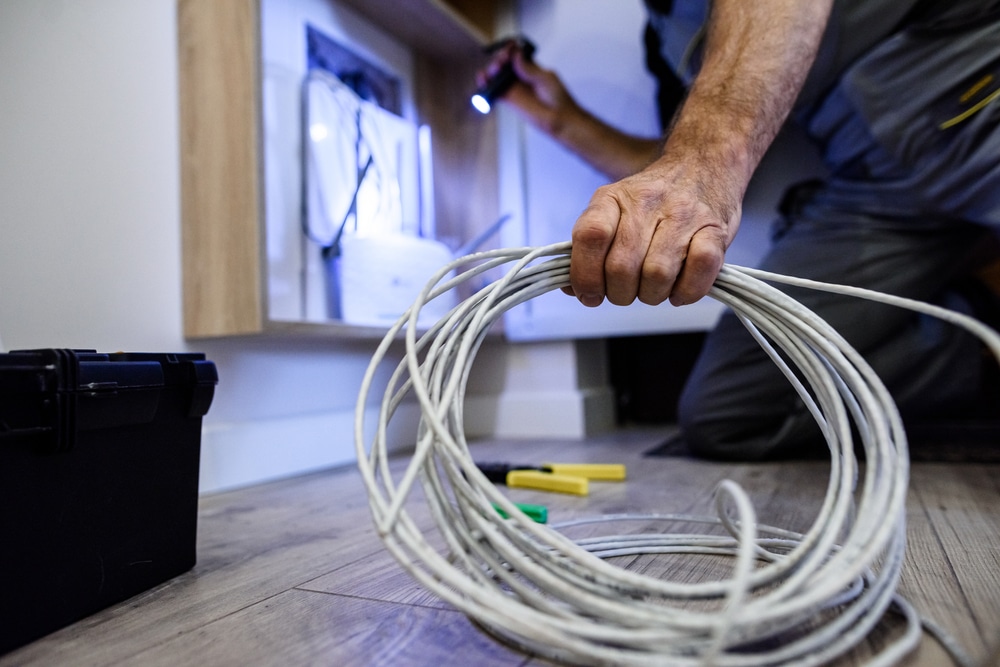Common Dental IT Cabling Mistakes and How to Avoid Them
The realm of dental IT is often overlooked, but it’s an integral part of ensuring that a dental practice runs smoothly and efficiently. Proper dental computer cabling is essential not only for the performance of various dental devices but also for the overall operational flow. However, mistakes in IT cabling are not uncommon in dental offices. Here are seven common IT cabling blunders and how to steer clear of them.
Overlooking Cable Management
Cable management may not be the first thing on your mind when setting up your dental office, but neglecting it can lead to a tangled mess. This not only makes troubleshooting and maintenance difficult but can also lead to cables being damaged more easily.
How to Avoid:
Invest in cable management solutions like racks, hooks, and ties. Organize cables by type and length and label them for easy identification.
Ignoring Cable Length
Using cables that are too long can result in a disorganized workspace, while cables that are too short can lead to tension and possible disconnection.
How to Avoid:
Measure the distance your cables need to run and purchase the appropriate lengths. Always allow a little extra slack for flexibility.
Skimping on Quality
Choosing cheaper, lower-quality cables might save you money in the short run, but they are more likely to fail, leading to costly downtime.
How to Avoid:
Invest in high-quality, durable cables that are designed for professional use. High-quality cables can also support faster data transfer speeds, which is crucial for dental IT systems.
Disregarding Cable Specifications
Not all cables are created equal. Using the wrong type of cable for the job can lead to inefficiencies and even damage your equipment.
How to Avoid:
Understand the different types of cables (e.g., Cat5e, Cat6, etc.) and their purposes. Consult with dental IT services for recommendations on the best type of cabling for your specific needs.
Poor Planning and Future-Proofing
Dental offices that don’t plan for future expansion might find themselves having to redo their entire cabling infrastructure to accommodate additional devices or upgrades.
How to Avoid:
Plan your IT cabling with future growth in mind. Leave room for additional cables and consider the potential for technological advancements that may require different or additional cabling.
Neglecting Compliance Standards
Failing to comply with industry standards can not only lead to performance issues but can also put your office at risk of failing to meet legal and insurance requirements.
How to Avoid:
Ensure that your cabling installation complies with local codes and industry standards. Dental IT services can help ensure that your office meets these requirements.
Failing to Test Cabling Post-Installation
Once cabling is installed, not testing it is akin to driving a car without checking if the brakes work. Faulty cabling can lead to network issues that are hard to diagnose.
How to Avoid:
Test each cable after installation to ensure it’s working correctly. Working with a professional dental IT team will save you time and frustration in the future. They have the knowledge and skill set to test the cables.
Acknowledging and avoiding these common mistakes ensures that your dental office’s IT cabling supports a reliable and efficient network. Remember, it pays to do it right the first time when it comes to dental IT cabling. If you need clarification on any aspect of your dental IT infrastructure, feel free to seek out professional dental IT services for guidance and support.




